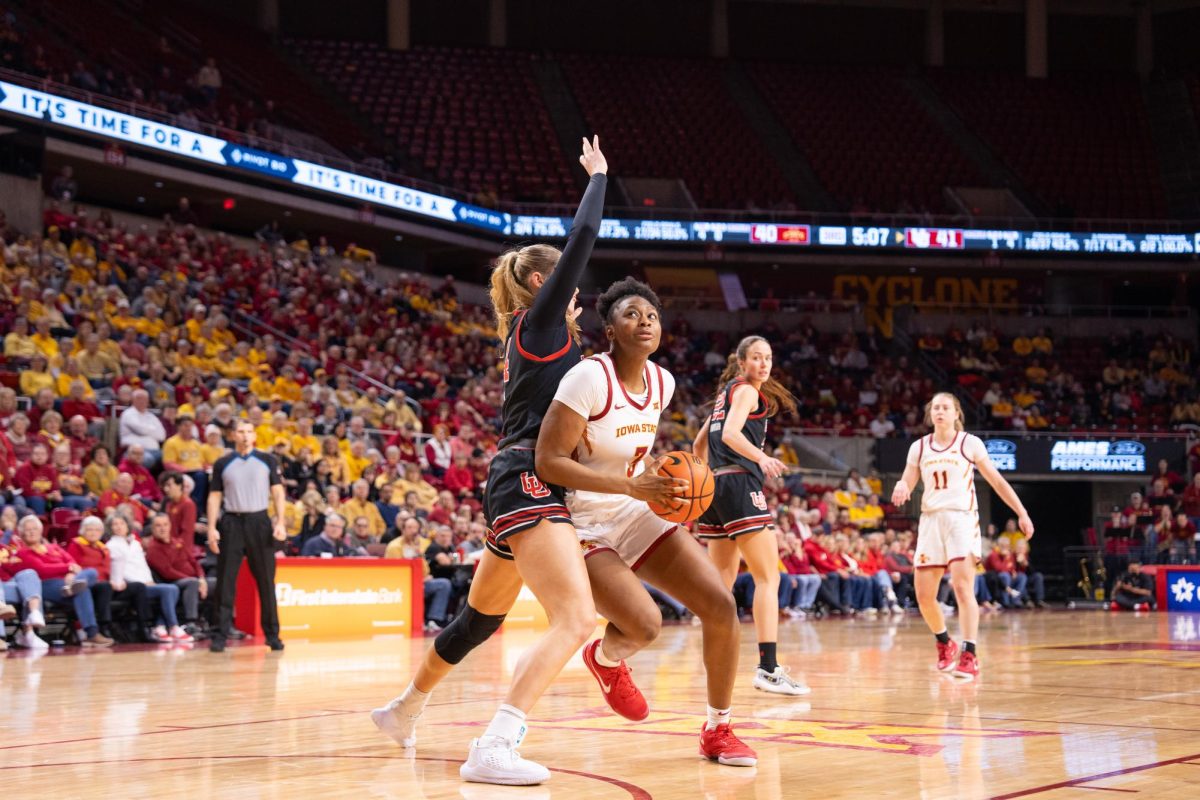Move over pen and paper; e-mail takes over letters
October 13, 1998
As the Internet becomes more easily accessible, e-mail has taken the place of the traditional letter in many people’s lives.
E-mail certainly is not making traditional mail service obsolete, however. Ames Postmaster Dave Massarini said mail volume continues to increase. He added, however, that business class mail makes up a large part of the increase.
One person who is using e-mail more than letter-writing is Sean Kehoe, junior in performing arts.
“[E-mail] is how I contact people,” Kehoe said. “I haven’t written a personal letter since the summer of 1996.”
Kehoe said he does not write an e-mail in the same way as a personal letter.
“[E-mails] are more spontaneous,” Kehoe said. “It’s more of the first thing that comes to my mind. Letters I put thought into to make sure they’re grammatically correct and everything sounds nice when it’s read.”
Jeff Hansen, sophomore in business and Spanish, said he frequently writes both letters and e-mail, but the two are very different.
“I find writing a letter, a hand-written letter, a lot more personal,” Hansen said. “My thoughts go into my letter more. At a computer my thoughts are drier; there’s no real emotion.”
Hansen said several factors go into whether he writes a letter or an e-mail.
“Certain people I will correspond [with] through e-mail, others through letters,” Hansen said. “More intimate friends I’m more likely to write letters to. An e-mail is like ‘this is what I’m doing’ — it’s like a news update.”
Lee Honeycutt, assistant professor of English, is very interested in the way people use e-mail. Honeycutt’s emphasis is in computer-mediated communication.
Honeycutt said e-mail is a much more hap-hazard form of communication.
“I don’t think people take as much time editing [e-mail],” Honeycutt said. “I don’t think people have the same depth of thinking as in traditional letter-writing.”
Even if e-mail is being used more, Honeycutt is skeptical of its effect on letter-writing.
“I don’t think [e-mail] is changing the way people write longer letters,” Honeycutt said. “It’s just changing how often they write longer.”
Debra Marquart, assistant professor of English, also is optimistic about the use of e-mail for correspondence.
“What I’ve seen is an increase in the production of written text,” Marquart said. “For a long time it was in decline because of the telephone. Because of e-mail, people are writing more and talking less,” she said.
Even so, Marquart acknowledged that e-mail writing is different from letter-writing.
“[E-mail] is a lot more informal and impromptu,” Marquart said. “With letter-writing, people were more inclined to write drafts.”
Marquart said e-mail is just one example of how people’s use of language is changing.
“I think we’ve become more cavalier about language,” Marquart said. “We’re looking at a desensitization to the word, and e-mail goes along with that.”
Marquart also pointed out that e-mail has changed communication for travelers.
“With e-mail, I notice that friends who travel internationally e-mail more than they would call before,” Marquart said.
For Hansen, who spent the summer studying in Russia, letters as well as e-mail were an important part of staying in touch.
“I’m a letter-writer,” Hansen said. “I wrote close to 35 letters over the time I was there. I like to write letters and send stuff home.”
Hansen said he also wrote a lot of e-mail while overseas.
“A lot of [my e-mails] were news,” he said. “My first letter arrived three weeks after I sent it; e-mail is a lot faster.”
Hansen said he still sees a place for letters in a world of e-mail.
“I feel e-mail is a good thing,” Hansen said, “but I don’t think it can ever replace writing a letter.”
Honeycutt agreed.
“When you do get a really long letter in the mail, you treasure it,” Honeycutt said.






